Return to Sender: A History of the Mysterious Postal Police Who Arrested Steve Bannon
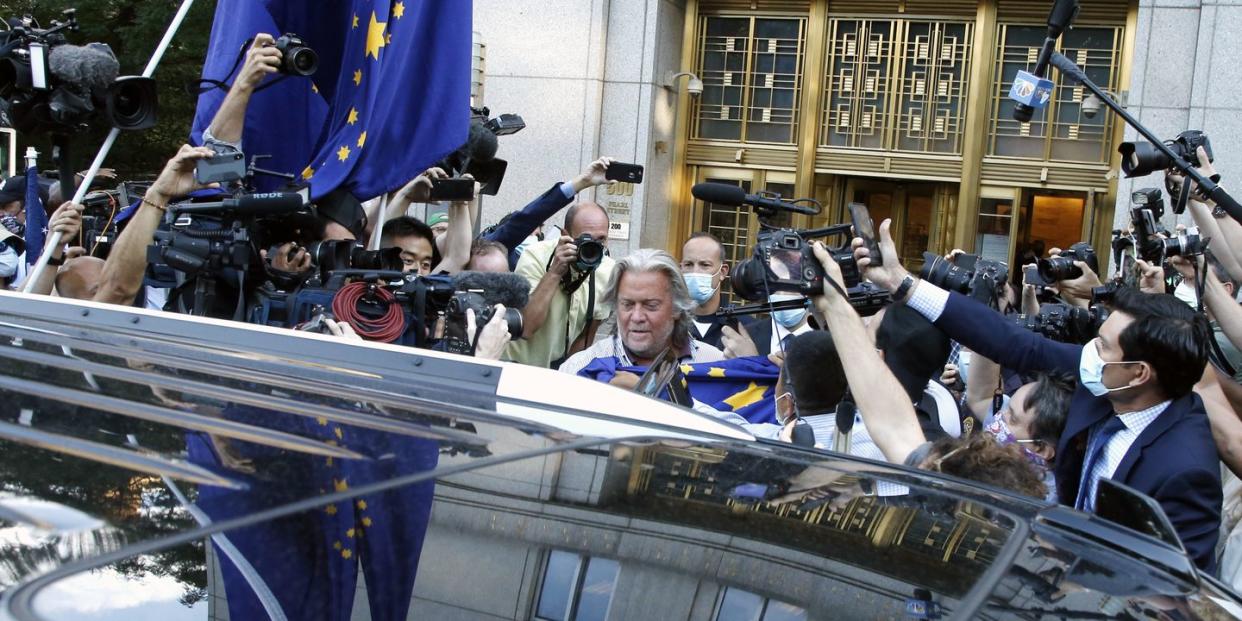
On Thursday, former White House advisor Steve Bannon and two other men were arrested and charged with defrauding individuals who had contributed to Build the Wall, an online fundraising effort that has raised over $25 million to help build the Mexico border wall promised by President Trump.
According to an indictment unveiled by Audrey Strauss, Acting United States Attorney for the Southern District of New York, the men claimed that 100% of proceeds would go toward construction but instead used hundreds of thousands of dollars to secretly pay for expenses and salaries.
If found guilty, Bannon will join a venerable cohort of criminals who were nabbed by a federal law enforcement agency most people don’t even know exists.
The U.S. Postal Office Inspection Service (USPIS) is 2,44, two-member enforcement division made up of white-collar-crime experts, research scientists, explosives, chemical, and biological weapons experts, as well as armed officers who protect post offices and postal employees and arrest people who violate postal laws (there are a lot). It has offices across the country, a forensics lab in Dulles, Maryland, and 22 satellite labs.
It also has an impressive history of laying down the law
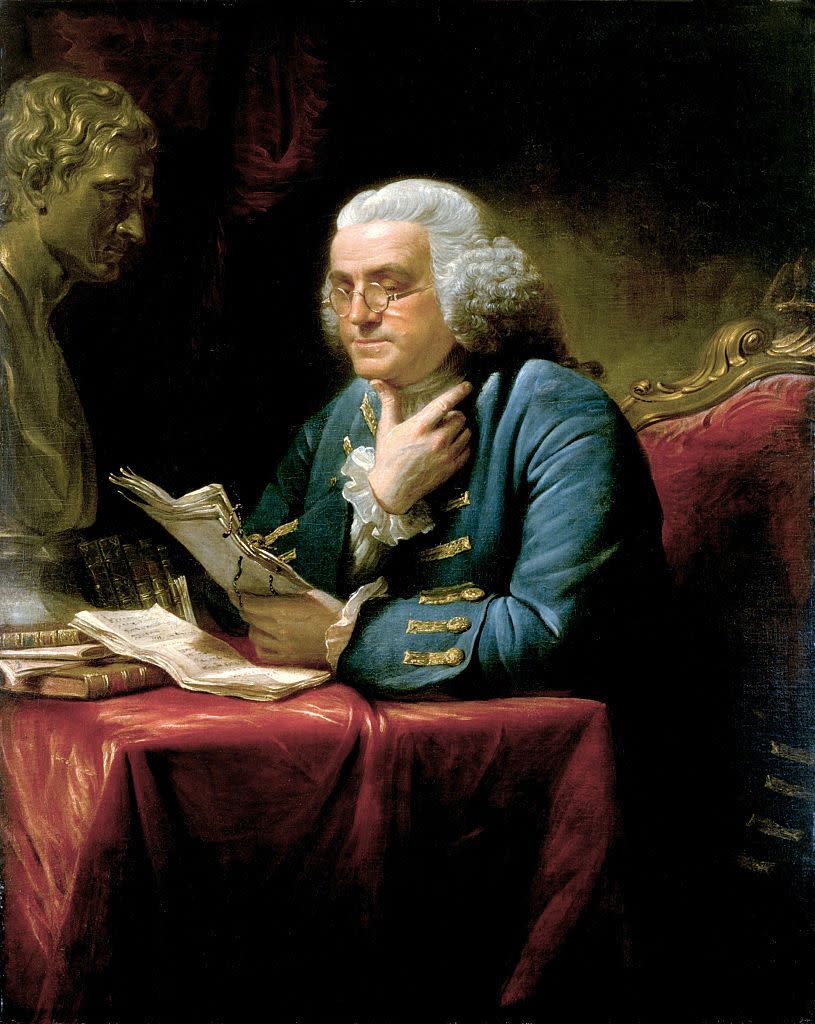
It’s the Oldest Federal Law Enforcement Agency
The first post office inspector, William Goddard, was appointed in 1775 by Benjamin Franklin who was then the Postmaster General. Goddard’s job was to investigate, catch, and arrest anyone who stole or interfered with the mail. (Back then, it was usually the innkeeper or the carrier.) Congress made mail theft a capital crime in 1792. By 1801, the country had three full-time inspectors, one of whom was lexicographer Noah Webster.
Its Agents Helped Launch Other Major Federal Enforcement Agencies
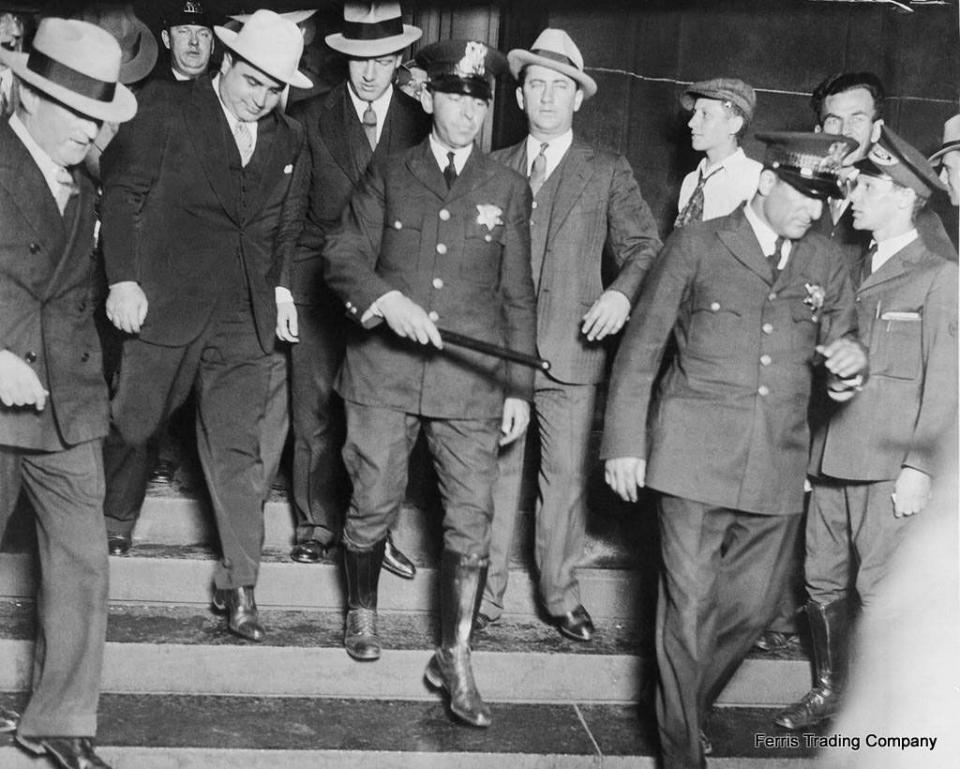
During the Civil War President Lincoln appointed Allan Pinkerton (of detective agency fame) to lead the Union Intelligence Service, which went on to become the United States Secret Service. In 1919, a postal inspector named Elmer Irey was appointed head of the Internal Revenue Service’s new Intelligence Unit. Irey and five other former inspectors led the department during the investigation and conviction of Al Capone on tax charges.
Helped Extend Federal Authority
As the United States acquired territories, the Post Office would establish new offices and districts and its investigators would police the trains, boats, and carriages used to transport mail. By 1853, there were 18 inspectors.
Things That Got Mailed
Most notably, $15 billion in U.S. treasury gold bars were mailed from New York City to Fort Knox, first class, by train between1937 to 1941and theHope Diamond was sent to the Smithsonian Museum,accompanied by armed postal officers, in 1955.
Not Worried About the Dog
Postal Inspectors were among the first federal agents to be issued Thompson submachine guns (Tommy guns) to combat a rise in train robberies. Today’s postal officers have access to a wide assortment of modern enforcement tools.
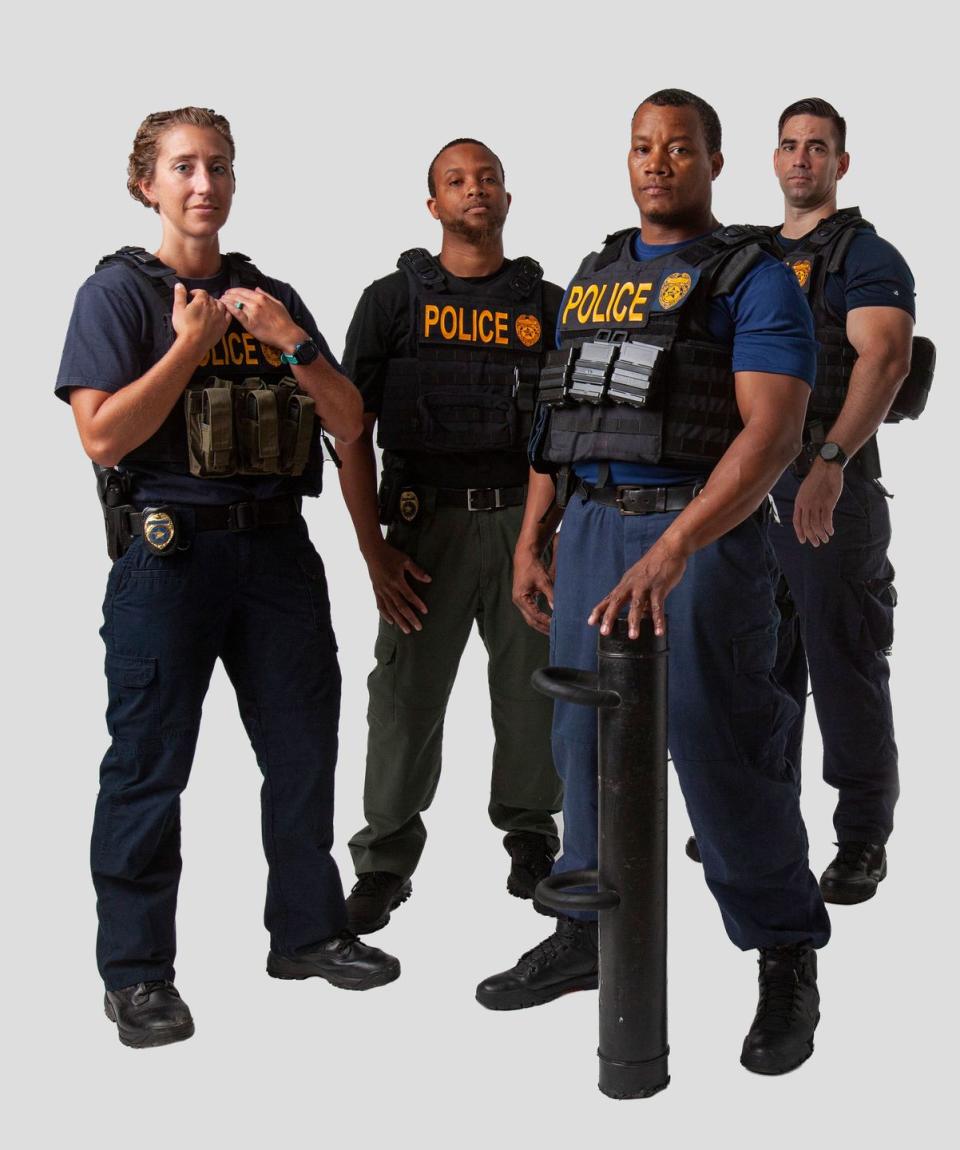
Bagged!
Over the years, Congress has enacted laws that have become valuable tools for federal prosecutors, among them the mail fraud statute under which Bannon has been charged. There are also laws concerning child pornography and distrubiting narcotics that have been used to bring down major criminal enterprises.
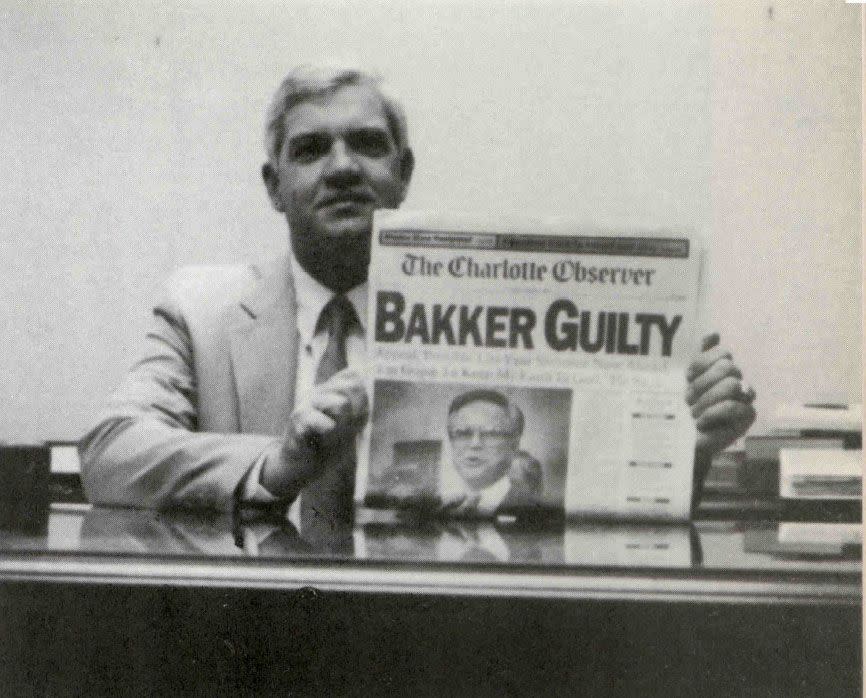
High-profile USPIS arrests include pyramid schemer Charles Ponzi, financiers Ivan Boesky and Michael Milken, and televangelist Jim Bakker.
Ready For a Close-Up
USPIS and its predecessors have been the subject of two feature films (Appointment with Danger in 1951 and Showtime’s 1998 The Inspectors) and CBS television series, also titled The Inspectors, which won two Emmy Awards. (Brooklyn Nine-Nine’s season two episode, “USPIS” was less flattering and is not included in the agency’s About Us timeline). In 2014, the Smithsonian launched a permanent exhibition about the service called, “Behind the Badge.”
You Might Also Like

